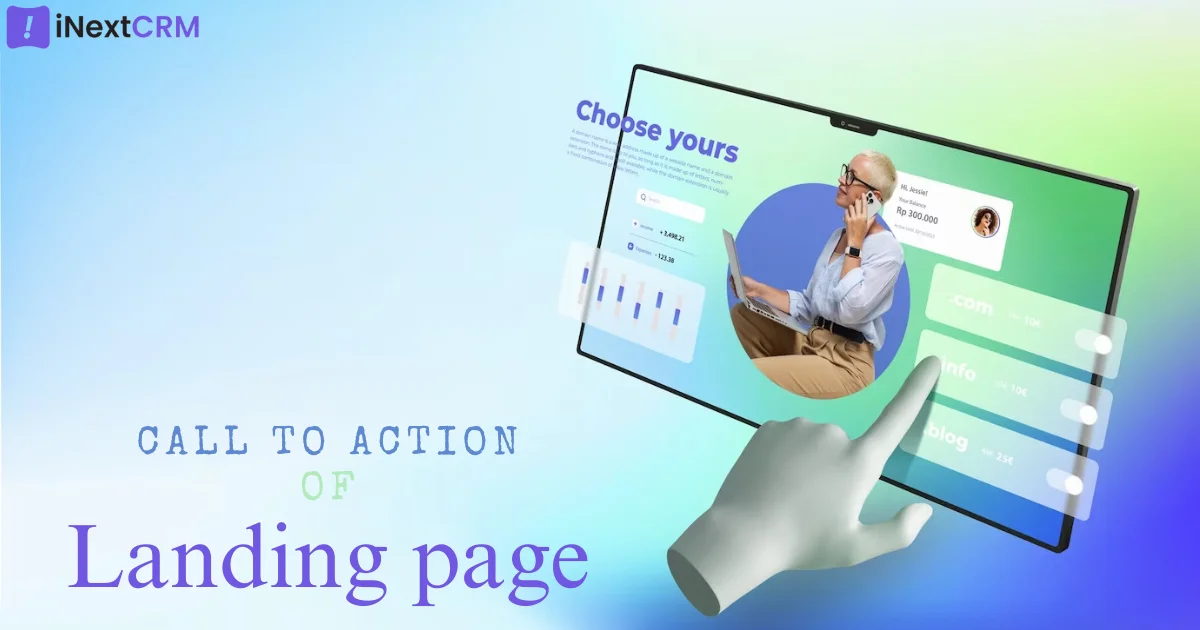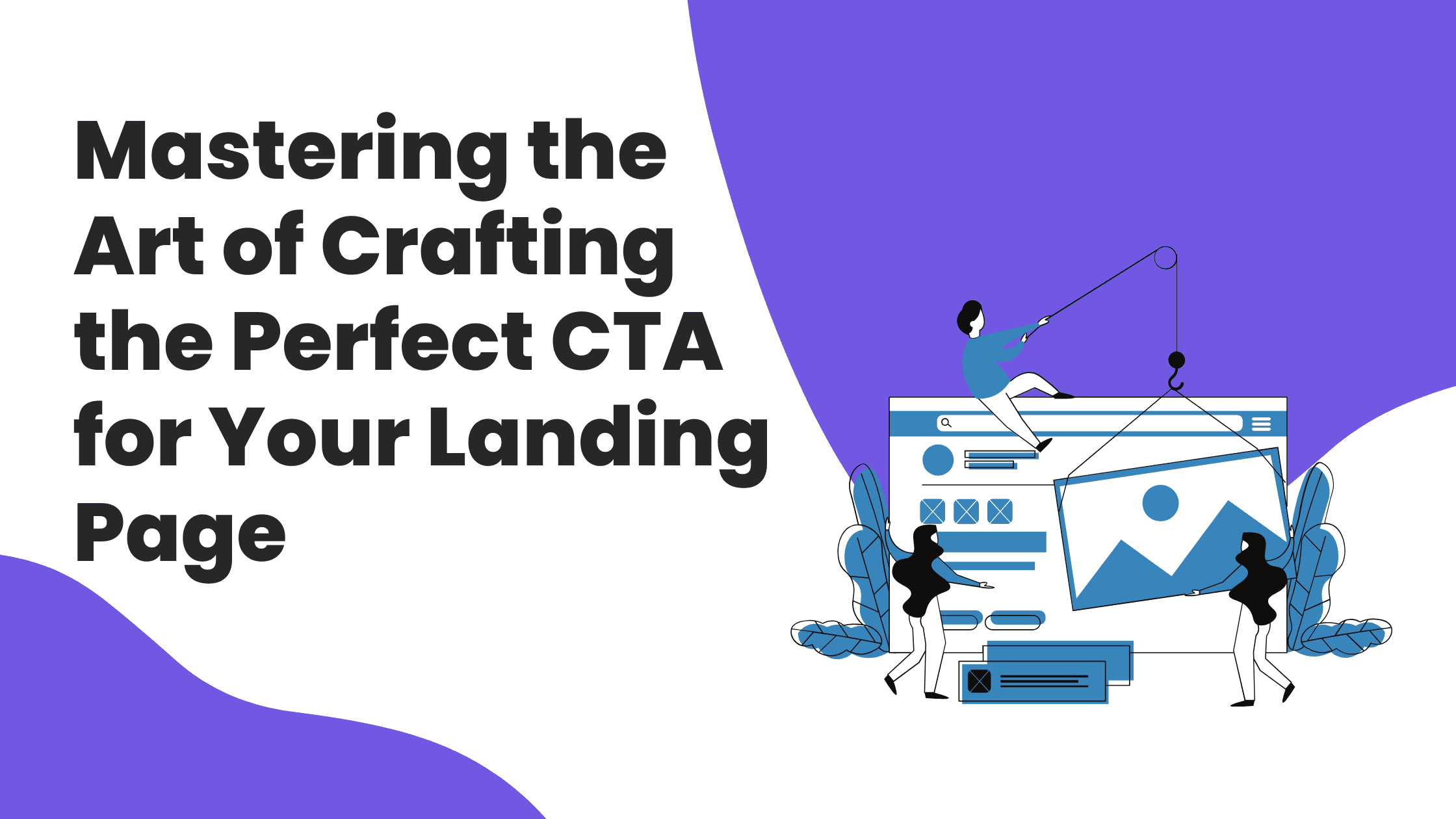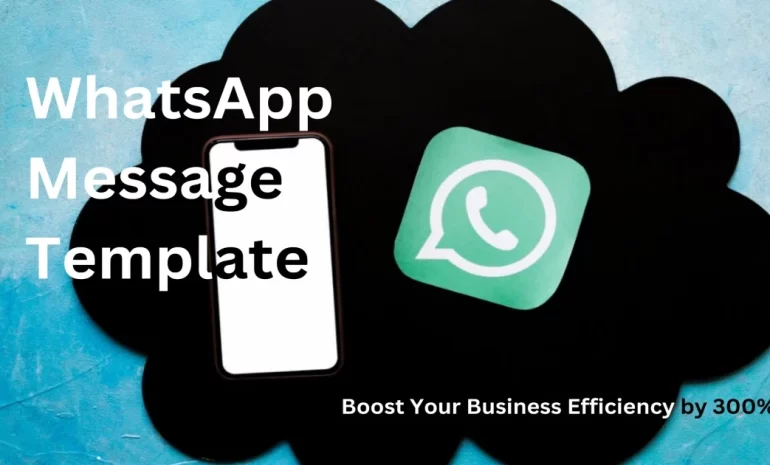Designing an effective landing page is like setting the stage for a grand performance. It’s not just about creating an eye-catching layout; it’s about guiding your audience towards the action you want them to take. This action is typically initiated through a Call-to-Action (CTA), a critical element of your landing page that can make or break your conversion rates. In this guide, we’ll explore five essential strategies for crafting a CTA that compels users to take action.

- Attention to Visuals
The CTA button of your landing page is the entry point for user interaction. It’s visual representation is what users meet first, so it must be explicit about what you want. To make it significant, think of contrasting colors for your CTA button; color contrasts direct viewers subtly to take action by capturing their attention and motivating them to click. For example, an orange call-to-action button against a blue background creates a visual contrast that demands action.
But while many marketers use the same brand colors for the CTA, feel free to play with different variations that makes your CTA pop. Arrange content in such a way that its flow directs the eyes of user towards the CTA and avoid cluttering using lots of white spaces.
- Use Words that Evoke Action
Your landing page should prompt an immediate reaction from visitors through its call-to-action (CTA). Use short, simple and universally understood action words for this purpose. “Let’s get started” for instance speaks of excitement as if they are embarking on an exciting journey with your brand. Since most online visitors are skimmers, using plain language increases the possibility that people will find resonance with them through your CTA message thus calling them to act fast.
- Express Your Offer Clearly
Every website visitor has an anticipation. In order to achieve this, you should state your unique offering very clearly from the beginning. Your landing page’s CTA should in brief express what users will benefit through clicking it. To instill trust that your company understands the user’s needs, use personal words like “you” and “me”. In order to avoid overwhelming users with too much information and ensure that your CTAs are straight forward, create dedicated landing pages for each marketing objective.
- Size Matters
The size of your CTA is a crucial aspect in determining whether it gets noticed by the user or not. It should be large enough to be seen but not so big as to overshadow other elements on the page. Find a balance between visuals and text such that you have an influential CTA. Place your CTA strategically by aligning it with the content and design of the page so as not to interfere with overall user experience.
- Consider Positioning
The effectiveness of your CTA positioning is very important. That being said, it is a good idea to try what everyone else does. Research has shown that websites are usually read in an “F” shape, with people scanning from the top left to the bottom right of a page. Therefore, place it where users will be most interested in it.
A heatmap can show you which parts of your website get clicked on by users more often. Organize your content so as to direct users towards the part that has the highest chance of attracting clicks. If various tests fail to give any clear results, then one can always fall back on following an F-shaped reading pattern. Always bear in mind that where your landing page CTA is located can make or break user clicks.
However, while conversions largely depend on having a strong CTA, lead capture tools should also not be ignored. This software easily syncs with your landing page and enables visitors to conveniently leave their contact information through forms placed strategically within such pages. It therefore allows for collection of valuable leads created by persuasive CTAs and nurturing them into prospects.
Look for lead capture tools that offer a user-friendly experience, with features like customizable forms, conditional logic, and progressive profiling to streamline the process and maximize lead generation. By implementing these tools alongside your optimized CTAs, you can significantly boost your efforts and build a robust pipeline of potential customers.
In Conclusion
Writing a good landing page call-to-action requires a mix of art and science. Every word, image, format, and positioning boosts its performance. If you want to have maximum impact with your CTA on landing pages, follow these tips. When you cannot find the right words for your CTA, consider using a call-to-action generator to foster your imagination. Remember that timeless CTAs are always in demand.
For CRM solutions or business automation services to improve the effectiveness of your landing page, you can contact us via biz@inextcrm.com or call/WhatsApp at +91-7506506672. We will make sure you achieve what you need.


